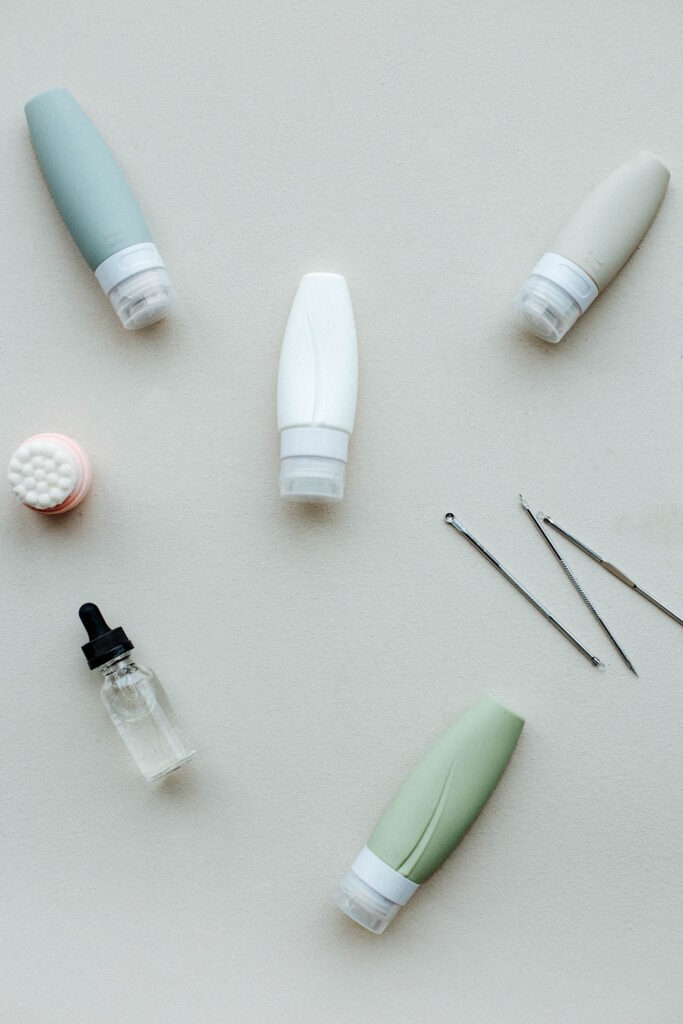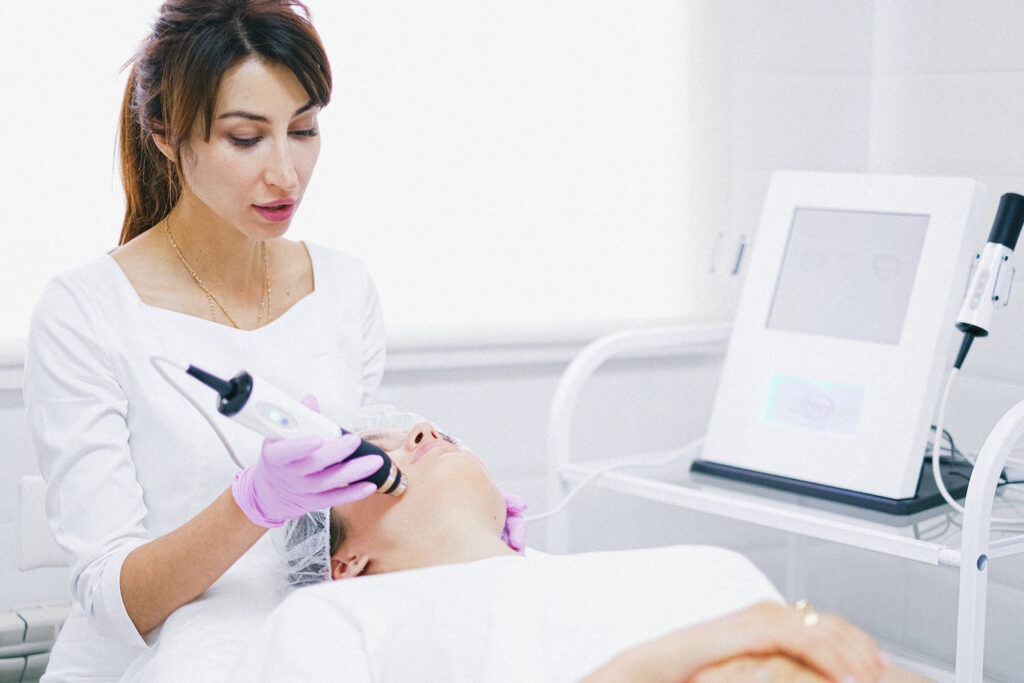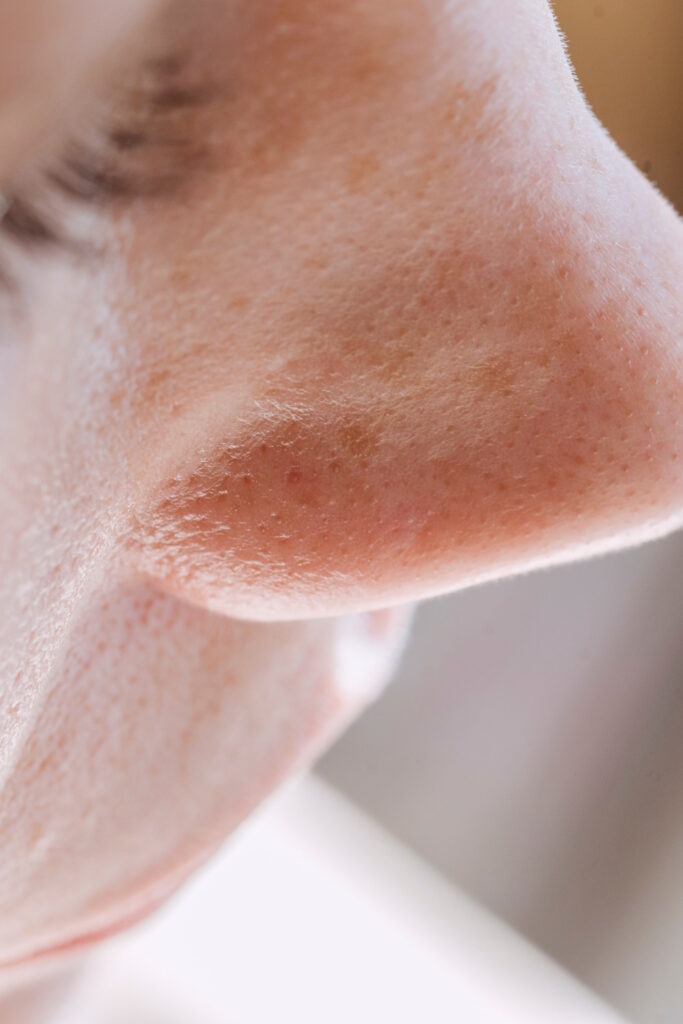
Dealing with blackheads can be frustrating, especially when they are located in hard-to-reach areas like the nose. Fortunately, blackhead removal tools have become increasingly popular in recent years for those who want to effectively remove blackheads without damaging their skin. In this article, we will discuss the different types of blackhead removal tools available for the nose, their pros and cons, and some tips for using them safely and effectively.
Types of Blackhead Removal Tools for the Nose
- Blackhead Extractor: A blackhead extractor is a small, metal tool with two loops on either end. One loop is larger and is used to extract blackheads, while the other is smaller and can be used to extract whiteheads. This tool is typically used by dermatologists, estheticians, or those who have experience in extracting blackheads.
- Pore Strips: Pore strips are a popular blackhead removal tool that are typically made of a thin strip of material that adheres to the skin. They work by attaching to the top layer of the blackhead and pulling it out when the strip is removed.
- Vacuum Suction: A vacuum suction tool is a small device that uses suction to extract blackheads from the skin. This type of tool can be handheld or attached to a larger machine, and typically comes with different attachments for use on different parts of the face.
Pros and Cons of Blackhead Removal Tools for the Nose
- Blackhead Extractor: The blackhead extractor is a precise tool that allows for targeted removal of blackheads. However, if not used correctly, it can cause scarring or damage to the skin.
- Pore Strips: Pore strips are easy to use and can provide immediate results. However, they can be harsh on the skin and may cause irritation or inflammation.
- Vacuum Suction: Vacuum suction tools are gentle on the skin and can be used on different areas of the face. However, they may not be as effective at removing stubborn blackheads and can be expensive.
Tips for Using Blackhead Removal Tools for the Nose
- Always start with clean skin to ensure the best results and to avoid spreading bacteria.
- Apply a warm, damp cloth to the area for a few minutes to help open up the pores before using a blackhead removal tool.
- Use gentle pressure when using a blackhead extractor or pore strip to avoid damaging the skin.
- Be cautious when using a vacuum suction tool and start on the lowest setting to avoid skin damage.
- Follow up with a gentle cleanser and moisturizer to soothe the skin after using a blackhead removal tool.
In conclusion, there are several blackhead removal tools available for the nose, each with its own pros and cons. Whether you choose to use a blackhead extractor, pore strip, or vacuum suction tool, it is important to use these tools safely and effectively to avoid damaging your skin. By following the tips provided and being gentle with your skin, you can successfully remove blackheads from your nose and achieve a clearer complexion.



